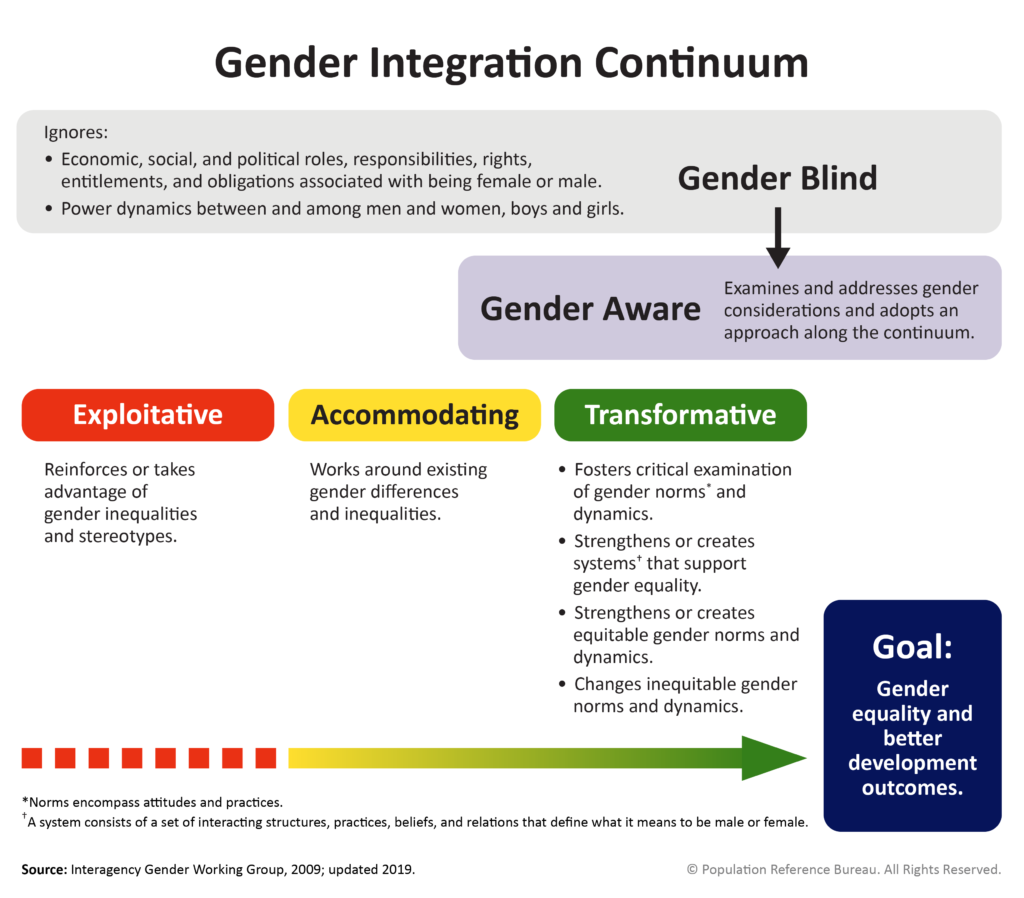Using Technology to Combat GBV – New Innovations, New Opportunities
View presentations from the event and resources here.
Panelists for this Gender-Based Violence Task Force event featured three panelists included, ElsaMarie D’Silva, founder of the SafeCity crowd-mapping foundation and recent recipient of the Global Leadership Award by Vital Voices; Dr. Ranit Mishori, a physician and head of the Georgetown University School of Medicine’s Global Health Initiatives; and Jennifer Curran, an M&E technical specialist at MEASURE Evaluation.
The panelists shared lessons and challenges they have experienced in implementing mobile-based technologies to combat and report instances of GBV. Data from SafeCity’s crowd-mapping of street harassment allow women more agency and mobility in their cities and led to municipal services addressing infrastructure issues that perpetuated an environment of harassment. The second presentation highlighted the design and implementation of mobile-based GBV referral system piloted in Botswana, and the third described an app called “mJustice” to be used by frontline health workers to forensically and clinically document sexual violence and that is about to be launched in DRC.
This event, supported by USAID through the PACE and Advancing Partners & Communities projects, brought together nearly 50 participants from the Washington, DC area and 28 participants online.
Presentations
- Video Recording of the event
- Use of Crowdsourced Data to Address GBV in Public Spaces—Capturing Stories and Advancing Policies by ElsaMarie D’Silva, founder & CEO of Red Dot Foundation (Safecity).
- A Mobile App to Document Sexual Violence in Conflict Zones: From the Exam Room to the Court Room and the Bumpy Road in Between by Ranit Mishori, physician and professor of family medicine at Georgetown University School of Medicine.
- How Sustainable Is Too Sustainable: Lessons from a Year of Implementing a Mobile-based GBV Referral System by Jennifer Curran, M&E technical specialist at MEASURE Evaluation.
Resources
- Principles for Digital Development
- Journal Article on mJustice mJustice: Preliminary Development of a Mobile App for Medical-Forensic Documentation of Sexual Violence in Low-Resource Environments and Conflict Zones
- Journal Article on mJustice MediCapt in the Democratic Republic of the Congo: The Design, Development, and Deployment of Mobile Technology to Document Forensic Evidence of Sexual Violence
- Blog Post by Dr. Mishori Sexual Violence: From the Exam Room to the Courtroom and the Bumpy Road in Between


